I’m Paramjit Sehmi, Assistant Archivist, and for October’s Document of the Month I am exploring a unique company publication called Ford at War.
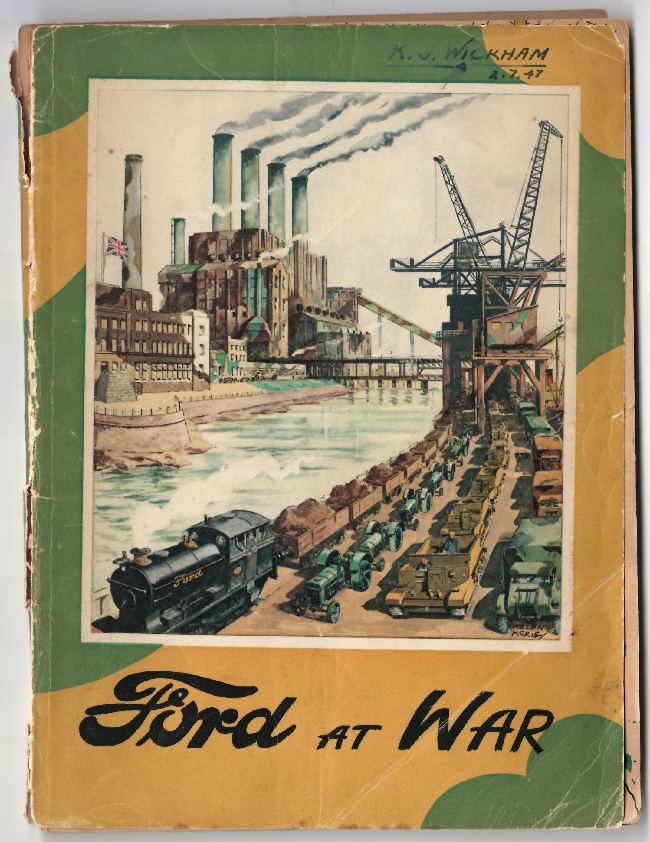
This book was produced after the events of the Second World War (1939-1945) to capture how Ford helped support the war effort. It is written by Hilary St George Saunders who was a British author known for writing post-war pamphlets and books. Some of his publications were written as official government documents whilst others were done independently. Saunders was asked to produce this particular publication in order to record the story of the workers at both Ford factories in Manchester and Dagenham.
Saunders prefaces this publication by stating that initially he thought that ‘a book would scarcely be necessary’ and that a few thousand words would suffice in relaying the work undertaken by Ford. However, he quickly admits that he was wrong in this assumption and that Ford successfully provided tools, vehicles, tractors and engines in the tens of thousands. He further mentions that, to write the whole story of Ford, the book would have been twice the length!
This by no means dampens the thoroughness of Saunders’s writing though. He successfully covers the daily experiences for workers in the factory from 1939, including assembly line work and the impact of air raids. Saunders interestingly writes that it was not until 1940 that the Dagenham Ford factory ramped up its production. This was thought to be due to the factory’s close proximity to the Thames River which made it an easy target for the Luftwaffe. To combat this, the windows were blocked out and the roof was camouflaged to make it look like a continuation of road and terrain. Saunders also writes about other problems tackled within the factory, from technical issues like waterproofing vehicles, to feeding 35,000 workers with rations. All of these problems were overcome by the hard efforts from the men and women working at Ford.
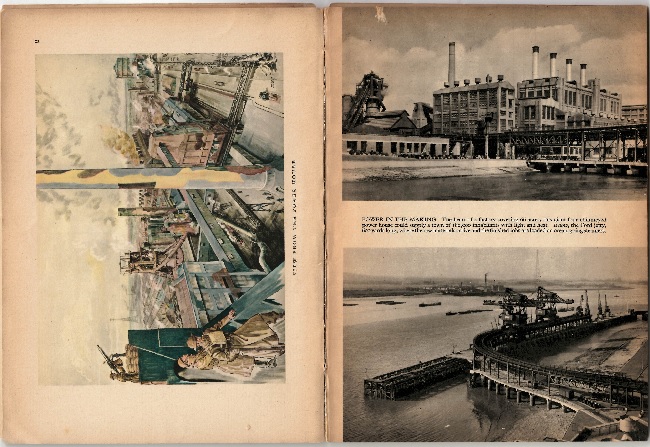
Notably the publication is complemented by informative photographs and incredibly masterful illustrations by Helen McKie. Mckie trained at the London’s Lambeth School of Art (which also produced famous sculptors such as George Frampton and Harry Bates) and she then went on to contribute to several journals. You may have seen her work in Autocar magazine, as well as in Sphere and The Graphic. Her illustrations work well in the Ford at War publication, adding colour and dynamism to views of the factory with workers and soldiers on the scene.
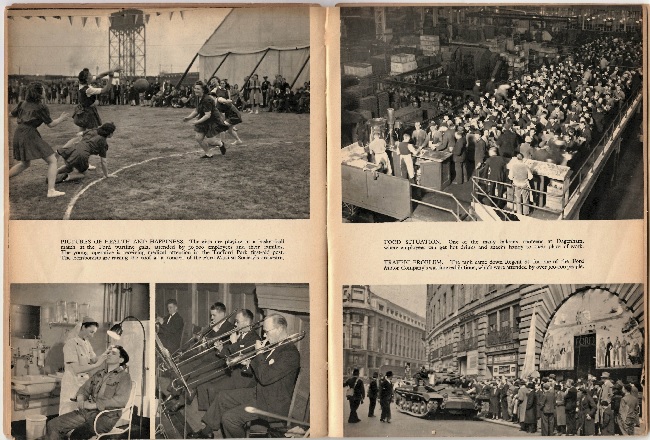
Both the illustrations and photographs reference everyday aspects such as the architecture of the factory buildings and the staff going about their work. However, there are more shocking photographs of bomb damage and explosions, as well as light-hearted elements included too such as a photograph of women participating in a gala event. There were 30,000 employees and their families who attended the Ford wartime gala, proving that togetherness was always a big part of the Ford working dynamic.
McKie’s illustrations similarly capture the factory workers contrasted with scenes with soldiers firing their guns, reflecting the lifted energy of springing into action when needed. This perhaps echoes Saunders’s writing about how it was business as usual for the factory workers initially until they were finally called to increase production.
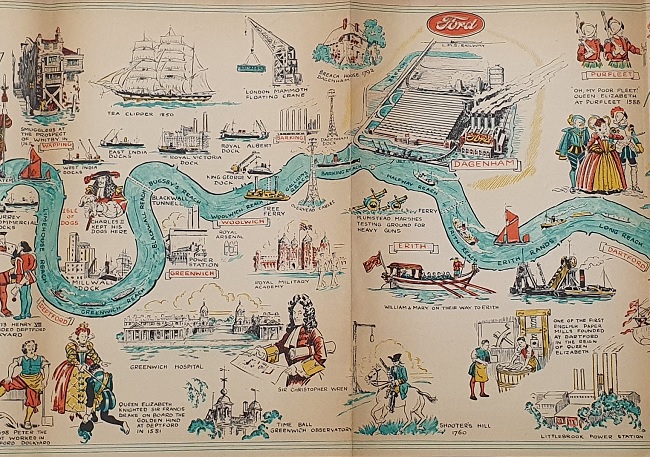
The most impressive illustration in the book is arguably McKie’s Map of the Thames. It is a beautiful, vividly colourful, and intricately hand-drawn map showing significant locations and moments in history such as St Paul’s Cathedral, the Tilbury Fort in 1815, and of course the Dagenham Ford factory.
Overall, this document tells the history of the Ford factory throughout the Second World War through engaging historic recollection and eye-catching visuals. It is definitely a hidden gem in our collection!
To see this document up close, why not book an appointment in our Archive Reading Room? Drop us an email at history@britishmotormuseum.co.uk for more information!





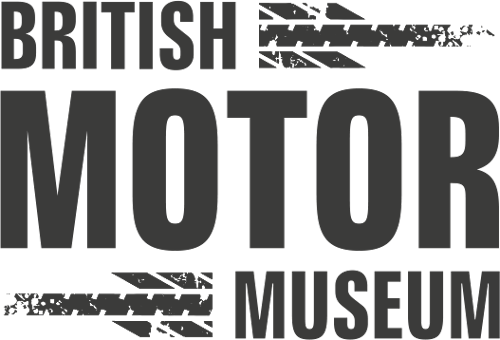

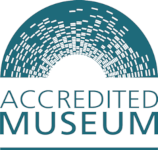












.png)


